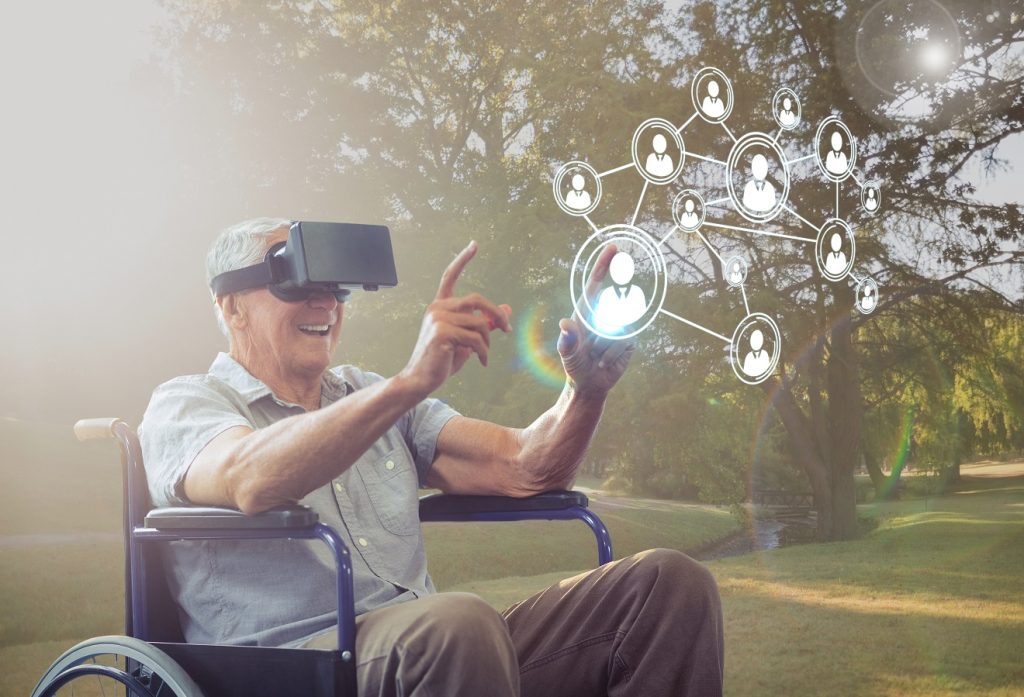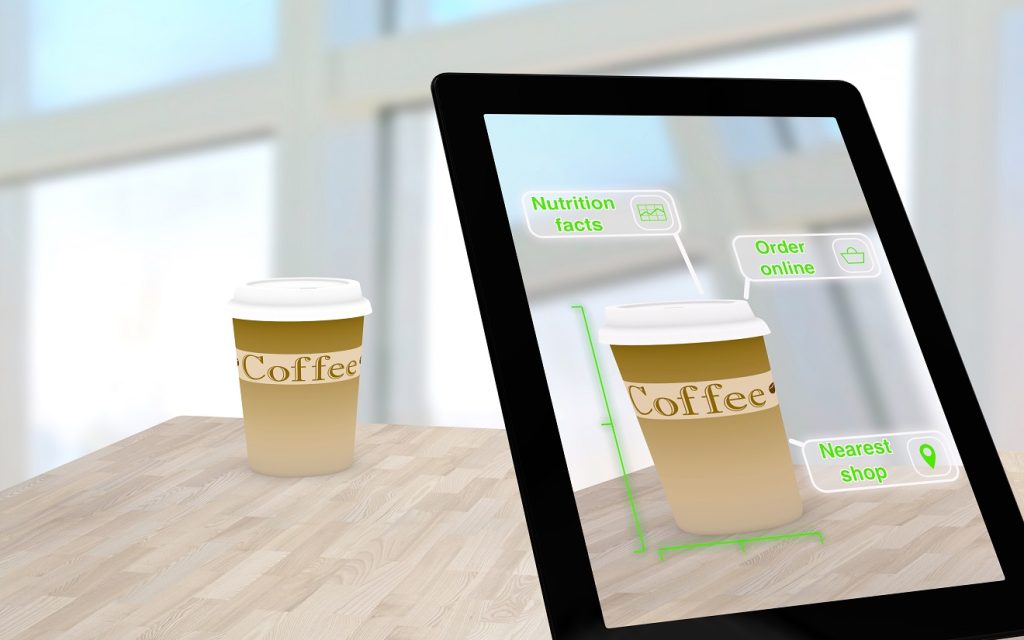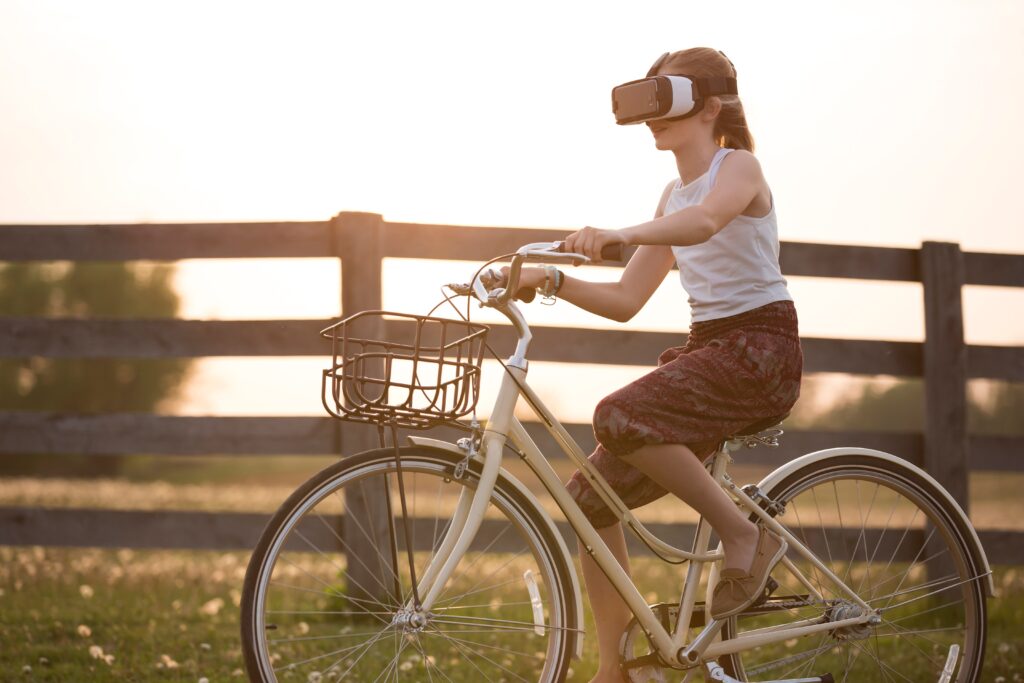The future of augmented reality technology will be in the cloud
Do you remember the furor caused by the game Pokemon Go? That was one of the first massive experiences of contact with augmented reality technology that the world had experienced. Beyond the Pokemon Go´s madness, this showed us what our interaction with the internet of things might look like in the near future. Imagine being able to get information in real time about everything you see in your house, on the street or even in the supermarket through your mobile phone or your glasses. This will be possible thanks to the storage of an interactive 3D map of reality in the cloud. In other words, the definitive fusion between the real and the virtual world. Although there are applications for mobile phones that use augmented reality, including the famous smart glasses that Google launched to the market without much success, the promise of full integration between the physical and virtual world is about to arrive and many consider it the next great technological revolution. It is no coincidence that giants such as Apple, Alphabet, and Amazon among others, are putting all their effort to be leaders of this next technological boom.

What is behind augmented reality technology?
Augmented reality is the vision of a real physical environment through a technological device.
The augmented reality device adds virtual information to a physical context. So, any tangible element is nourished by this information and creates an augmented or digitized reality of things in real time.
Augmented reality technology is the convergence between the physical world and the digital world.

The AR will change the way we interact with the physical world.
It is important not to confuse augmented reality with virtual reality. They are different although they complement each other. Augmented reality technology uses an existing physical environment that covers it with a layer of virtual visual reality.
On the other hand, virtual reality creates in its entirety a fictional space in which the user immerses himself completely. This virtual experience excludes the interaction with the tangible space.
The AR Cloud and the next computational revolution
If you have not heard yet the term AR Cloud (Augmented Reality Cloud) you will have to get used to it in the coming years. According to technological gurus like Ray Kurzweil, the AR Cloud will be the platform that will change the paradigm of augmented reality.
Not long ago, AR-based apps were difficult to develop, distribute and were not in high demand, but everything changed in 2017, when companies like Apple, Amazon, Facebook, ARCore and ARStudio became interested in the possibilities of this technology.
A problem to solve: how to achieve the persistence of augmented reality? The answer is the AR Cloud
All AR experiences need to be persistent in time, space and on the devices. This means that when an AR experience is created in a physical environment, this experience must remain in time and space. Users should be able to perceive the same AR experience at any time.
The importance of the AR Cloud is that it will be able to store and organize the information of the physical world to transmit it in real time and in a visual way through any device. The AR cloud will be a 3D copy of the world.
The Apple AR
According to Bloomberg, Apple is working very hard with a team of experts to develop its augmented reality technology. The group includes engineers who worked on the Oculus and HoloLens virtual reality headsets, digital-effects wizards from Hollywood and several small firms experienced in AR hardware, 3D gaming, and virtual reality software.
The AR Cloud will be continuously fed with information from the physical world in situ (at its origin) to process and project it through augmented reality technology. This will allow the AR experiences to be accessible and interactive at any moment, environment and circumstance.
How would RA be integrated into our daily life?
The applications based on augmented reality technology which can be useful in our daily life seem endless. Imagine visiting a museum or an archaeological zone and receiving all the information displayed in an instant way by simply scanning them with your augmented reality device.
With augmented reality technology you could also read the background of any person just by looking at it through your device. Doctors could access their patients’ clinical records interactively and practice surgeries with the help of augmented reality to direct surgical procedures more accurately.
You can also imagine going through the supermarket while you receive instant information about the products you observe. This way you would know immediately the nutritional information of each product, its expiration date, its quality and price compared with other similar products.

Instant information on site thanks to AR
Currently, more than 50 percent of Internet searches are from users who are on the move. This situation increases the need for a technology that accelerates access to information when we need it. The way we search on the internet will change dramatically: from Googling to scanning the physical world instantly.
The challenges of augmented reality in the cloud
One of the biggest challenges for augmented realittechnology implementation is how to make the transition between a world in which all knowledge is manually searched and captured as a text (for example when googling), to a new environment where everything can be captured visually.
The biggest obstacles to mass adoption of AR
2018 Augmented and Virtual Reality Survey Report by PERKINSCOIE.
Categorizing objects in real time, reading their characteristics and transmitting that information instantly, is a challenging task for the AR Cloud. For this reason, the AR Cloud must have three essential characteristics:
- Scalable shareable point cloud
- Instant ubiquitous localizer
- Real-time multi-user interaction
Amazon Rekognition
Amazon has just introduced Sumerian. This service offers developers tools and resources for the development of augmented reality, virtual reality, and 3D applications capable of being executed by Oculus, iOS, HTC Vive.
In the same way, Amazon web services offer Amazon Rekognition. As its name implies, it is a software for detection and recognition of images powered by deep learning.
Rekognition video can interpret scenes, objects, and faces to compare them. It is also capable of identifying the activity, direction, and intentions of people and objects.
The race to win the AR market
The most important technological giants are fully involved in the race to lead the augmented reality market in the coming years. Maybe they will not be the winners but the startups. According to an article published by Forbes, these are the most promising startups in the AR Cloud scene.
Blippar
Blippar is a start-up focused on augmented reality and artificial intelligence. According to Omar Tayeb, one of the founders of Blippar, his goal is to develop a computer vision capable of understanding the context in which objects are found, rather than simply labeling.
In addition, Blippar is pushing to improve the ubiquitous localizer instant through AR City. This technology based on computer vision is twice as precise as a GPS.
First, AR City detects the exact position of the objects at city-scale. After this, AR City superimposes virtual content on them through the Urban Visual Positioning System.
You can download the Blippar free app to experience some of its technology for yourself.
Vertical.ai
This start-up based in Toronto is the creator of Placenote. This app uses your device´s camera to point on an object, for example, a coffee machine, to read its characteristics. Then gives you back the instructions on how to use it.
Vertical.ai philosophy focuses on creating a practical AR for the real world. Placenote is currently available as a developer kit software in case you are interested in creating AR-based mobile apps.
6D.ai
According to Matt Miesnieks, CEO of 6D.ai, his start-up effort is focused on preparing a kind of AR Waze. This technology should be capable of applying the most important qualities of the AR Cloud: persistence, responsive to occlusion shared with a multiplayer experience in a Cross-Platform.
Thanks to this approach, 6D aims to create an app able to create a global map of everything that exists in the cities.
6D works as an AR platform which offers developers a 3D mesh through the 6D SDK (software development kit) specialized on the creation of world-scale apps.
“The ARCloud can be thought of as a machine-readable 1: 1 scale model of the real world. Our AR devices are the real-time interface to this parallel virtual world which is perfectly overlaid onto the physical world ” Matt Miesnieks at Forbes
Dent Reality
Dent Reality is a start-up focused on the development of tools to integrate augmented reality with retailers apps.
Their Retail AR improves the experience of supermarket customers by providing them with information about the products they are selecting, their location on the shelves and navigation system to reach the exact place where each product is located.
Our augmented future

The AR Cloud could change radically our perception of the world . Photo by Pexels
As we can see, the next great technological revolution is on the way and is called AR Cloud. What we have to think about is what will be the ethics ruling the AR to protect users’ privacy. The next integration of AR and AI in our lives will test much more our ability to preserve human interaction and to perceive the world without technological filters.



